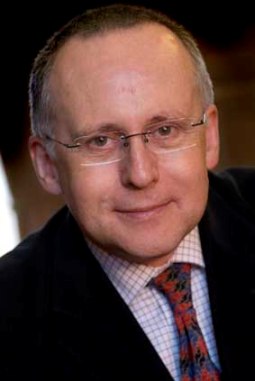 In 2008 the Royal Institution, just around the corner from Burlington House, reopened its doors after a monumental makeover inspired by its then Director, neuroscientist, sometime author and TV presenter, Baroness Susan Greenfield.
In 2008 the Royal Institution, just around the corner from Burlington House, reopened its doors after a monumental makeover inspired by its then Director, neuroscientist, sometime author and TV presenter, Baroness Susan Greenfield.
Music played; waiters plied champagne; a stall offered oysters. Transformed into a West End ‘salon’ for scientists, this holy temple of ancient science and outreach had not just had a paint job; it had been reimagined – for a cool £22m – complete with stylish restaurant.
But alas, it failed. Venue hire and fine dining (Mayfair not being exactly short of swanky venues and restaurants) failed to match the income lost when, to help pay for it all, the RI sold the properties whose top-dollar rents had long been keeping it afloat. Now the building is being offered for sale to pay off debts reported to be £7m. Sadly, financial planning is not rocket science. Perhaps if it had been, the RI’s Trustees would have done a better job.
Cue, much gnashing of teeth from science’s retired colonels - none of whose harrumphings have made much mention of the RI’s future, or acknowledged that this fine kettle of fish is one in which the RI have pickled themselves. It is nobody’s fault, but their own. Yet the State, it seems, should now pick up the tab, bail them out, and allow the RI to continue in the same old way. Nobel prizewinner Professor Sir Harry ‘Buckyballs’ Kroto, leading the charge, has likened the potential sale to the destruction of the Buddhas of Bamiyan – an analogy that unwittingly casts his fellow scientists in the role of the Taliban, because it was surely they, and no-one else, who set the charges under 21 Albemarle Street.
This ludicrous overstatement neatly illustrates the real, underlying message of this fiasco. Just as hyperbole is best left to journalists, financial planning should be done by those who understand it. The RI does not deserve to be saved from itself on the strength of Faraday and Priestley; and given its own flopped self-reinvention, its future now lies entirely behind it. Its importance to science and outreach is vestigial - and what there is of the latter, largely outmoded. None of its present activities can reasonably be used to disguise what has become an unseemly wrangle over science’s Holy Places.
Yes, it’s sad, but the building’s not going anywhere – it’s Grade 1 listed. Move the scientists to a university. Move the collections to the Science Museum. Above all, move on.
Ted Nield
EDITOR